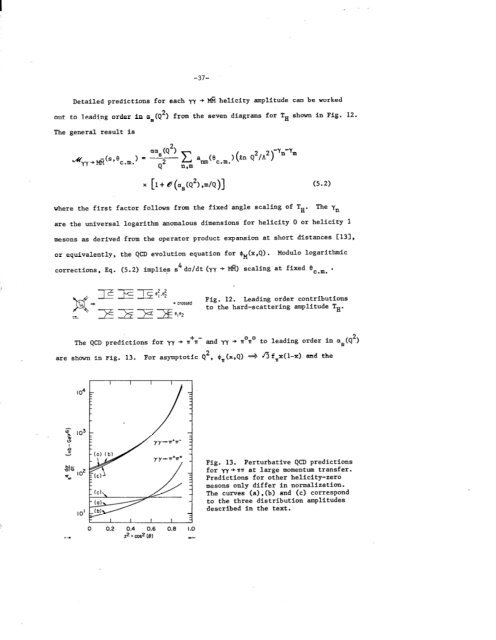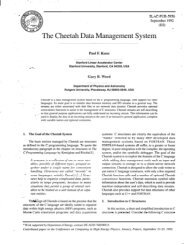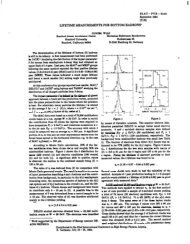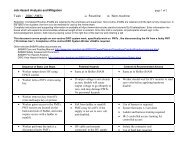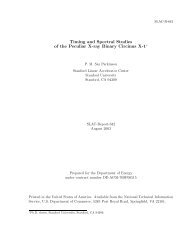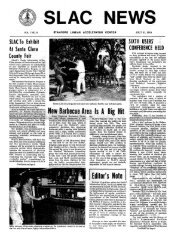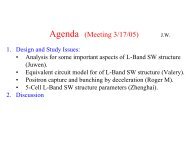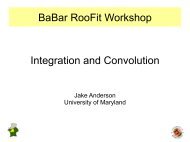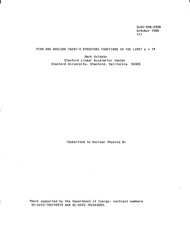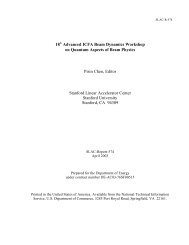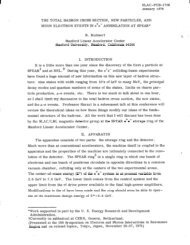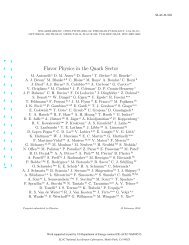slac-pub-2605 - SLAC - Stanford University
slac-pub-2605 - SLAC - Stanford University
slac-pub-2605 - SLAC - Stanford University
You also want an ePaper? Increase the reach of your titles
YUMPU automatically turns print PDFs into web optimized ePapers that Google loves.
-37-<br />
Detailed predictions for each w + I& helicity amplitude can be worked<br />
out to leading order in as(Q2) from the seven diagrams for TH shown in Fig.<br />
The general result is<br />
e-4x yy+tii(s,ec.m.)<br />
aa (Q2)<br />
= -$-- g<br />
,<br />
anm(ecmm.> (Ln Q2/A2ryneym<br />
x [l+ B(as(Q2).m/Q)] (5.2)<br />
where the first factor follows from the fixed angle scaling of TH. me Y,<br />
are the universal logarithm anomalous dimensions for helicity 0 or helicity<br />
mesons as derived from the operator product expansion at short distances [131,<br />
or equivalently, the QCD evolution equation for $,(x,Q). Modulo logarithmic<br />
corrections, Eq. (5.2) implies s4do/dt(yy + I@) scaling at fixed ecSrn..<br />
x<br />
'-,<br />
--F -I= z 64<br />
TH *= >F Fx;;=d<br />
Fig. 12. Leading order contributions<br />
to the hard-scattering amplitude TP.<br />
The QCD predictions for yy -C v+v- and yy + nova to leading order in as(Q2)<br />
are shown in Fig. 13. For asymptotic Q2, @,(x,Q) + nf,x(l-x) and the<br />
us<br />
5<br />
I02<br />
Fig. 13.<br />
for y-y+nr<br />
Predictions<br />
Perturbative QCD predictions<br />
at large momentum transfer.<br />
for other helicity-zero<br />
mesons only differ in normalization.<br />
The curves (a),(b) and (c) correspond<br />
to the three distribution amplitudes<br />
IO'<br />
described in the text.<br />
12.<br />
1


